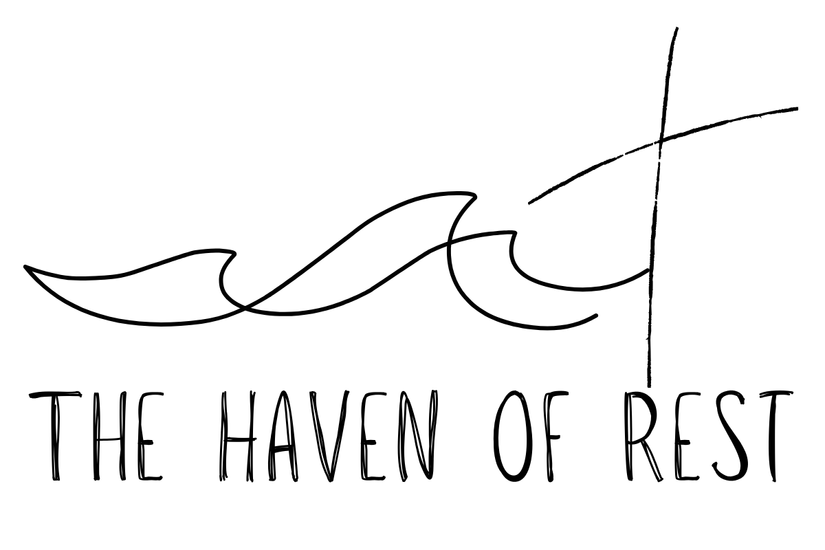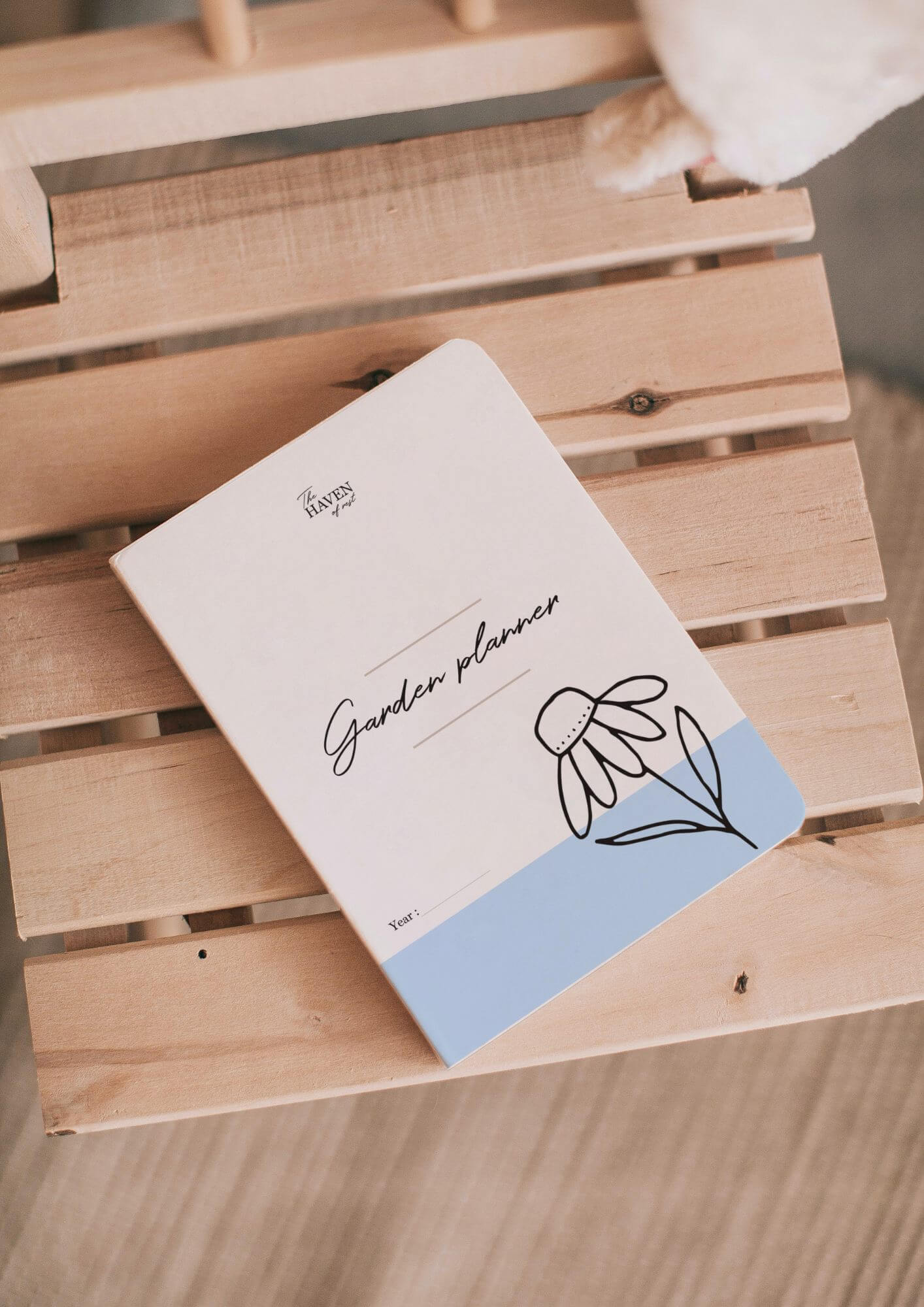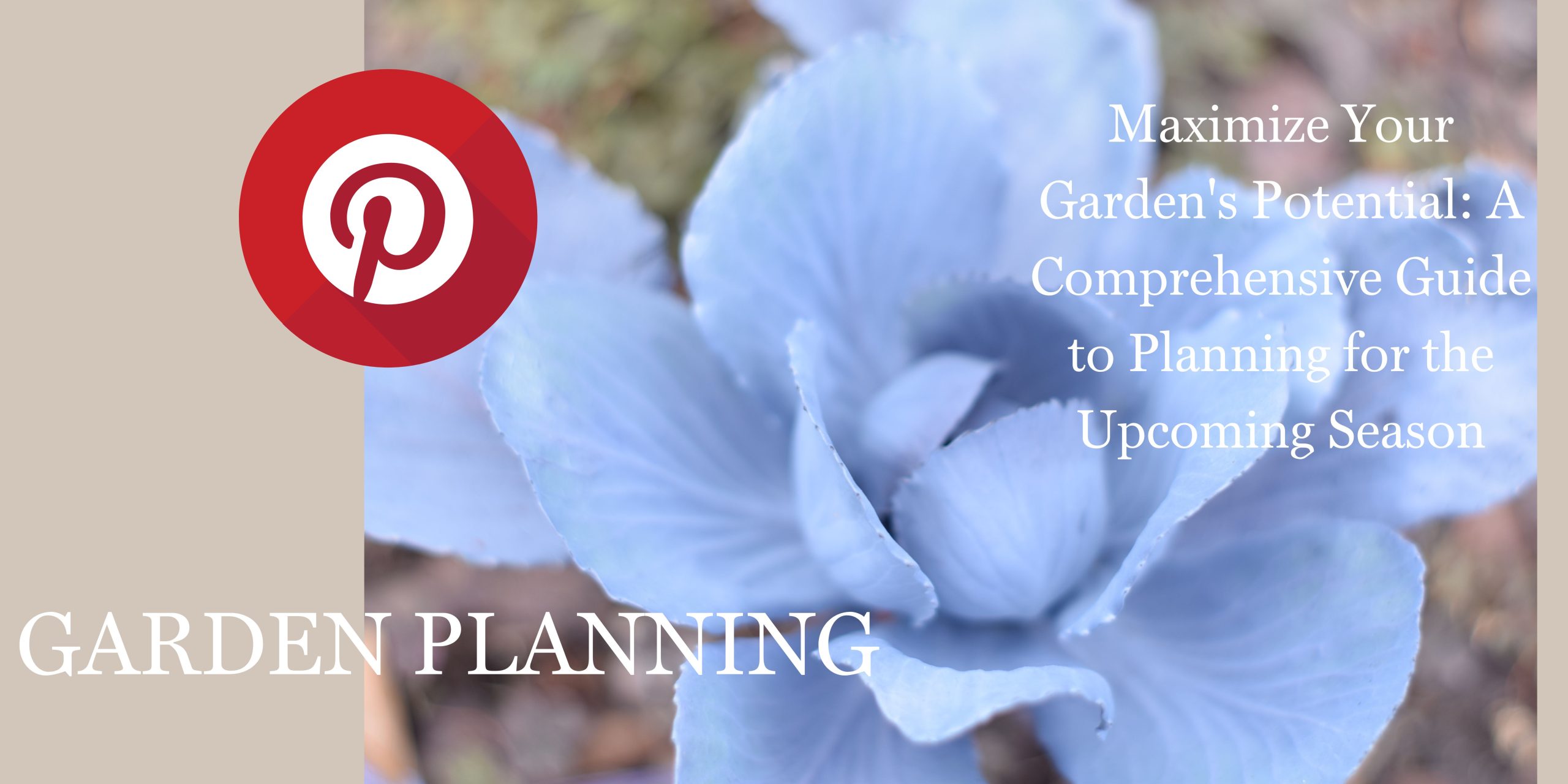Garden planning is an essential part of preparing for the next gardening season, especially if you want to grow your own fresh fruits and vegetables.
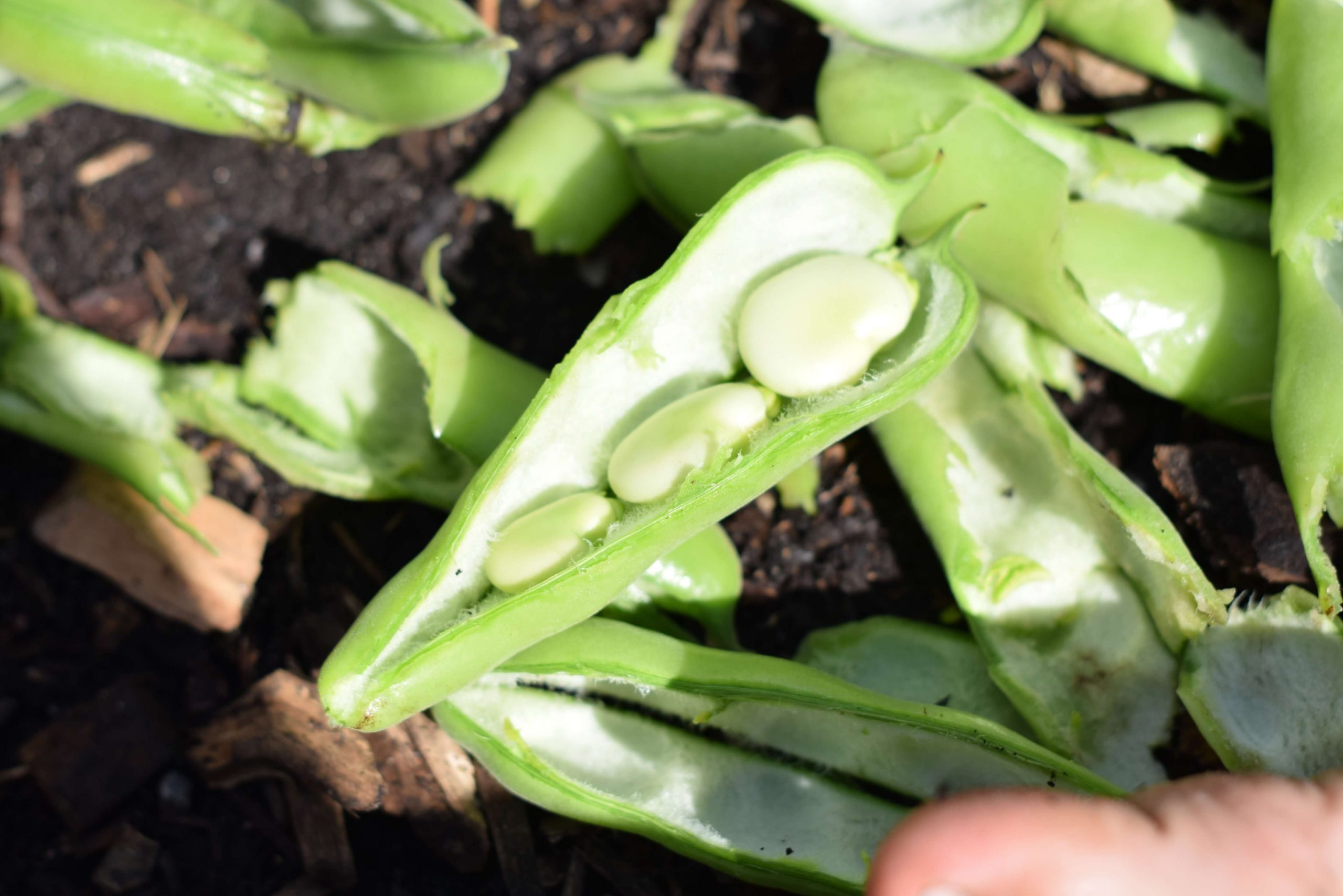
Whether you’re a seasoned gardener or just starting out, it’s important to have a plan in place for when to start your seeds, what types of fruits and vegetables to grow, and how to prepare your vegetable garden beds for planting.
I love to sit down with my garden planner and think of all the veggies I’d like to start this year. I think about all the good vegetables we will (hopefully) be able to harvest and how I can turn them into nutritious meals and delicious salads
The last frost date
The last frost date is the day when the risk of frost has passed, and the ground has warmed enough for tender plants to be safely planted outside.
This date can vary from year to year and region to region, but it’s an important consideration for gardeners who want to ensure their crops’ best chances of success. You can find the last frost date for your area through local gardening resources or on weather websites.
Knowing when the last frost date is in your area can help you plan the best time to start seedlings indoors, or determine the best month to plant your vegetables directly in the garden.
Here are some tips and steps to help you get started:
- Research the average last frost date for your area by using online resources or talking to local gardening experts.
- Take note of the date and plan your seed-starting schedule accordingly.
- Consider the length of your growing season and choose vegetable varieties that will mature within that time frame.
- Make a list of the tools and supplies you’ll need for planting, including seeds, soil, fertilizer, and other essentials.
- Start preparing your garden beds, removing any debris, and adding organic matter to the soil. It’s best if you did this last fall. And added compost or other organic materials so I had all winter to break down and give a gradual supply of nutrients.
- As the last frost date approaches, get your seeds started indoors or plant your garden carefully, taking steps to protect your tender plants from frost if necessary.
A successful and productive gardening season starts with good planning.
NOTE: some crops thrive and germinate only in colder weather. Once you’ve selected this year’s seeds, jot down when each should be planted.
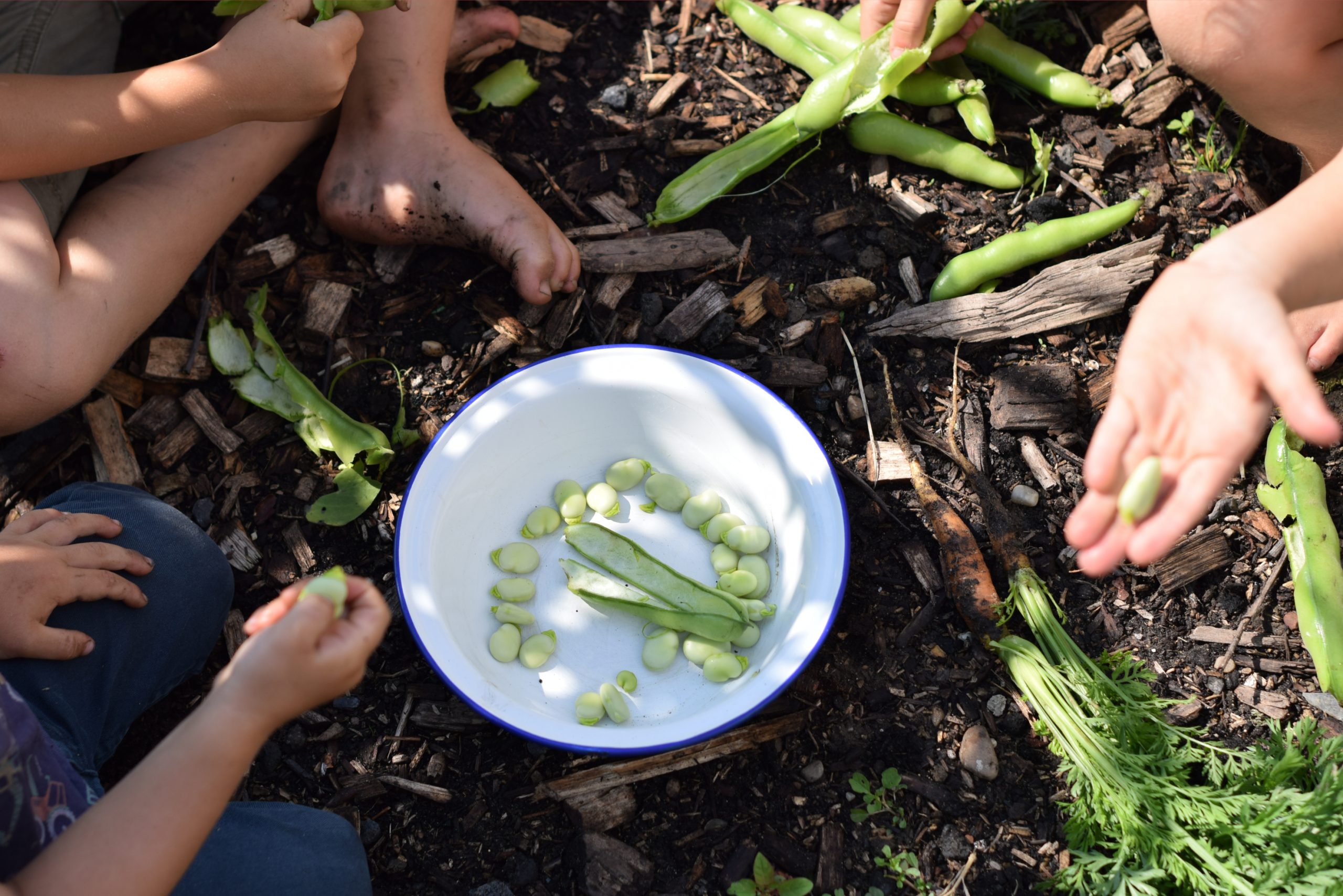
Best time to start planning your vegetable garden this year
The best time to start planning your vegetable garden is in the late winter or early spring, several months before the growing season begins.
This will give you enough time to research and gather the necessary information, make decisions about what to grow, and prepare your garden beds. For example, if your growing season starts in May, it’s best to start planning your garden in January or February.
Seed catalogs
Seed catalogs can be a valuable resource for garden planning, providing a wealth of information and inspiration for your next growing season.
To make sure I receive seeds in time for the new garden season, here are some things I learned over the years that I’d like to share with you:
- Start early: Begin reviewing seed catalogs several months before the start of the growing season, so you’ll have plenty of time to make decisions and place your seed orders.
- Choose a reputable source: Look for seed catalogs from reputable seed companies that offer high-quality, preferably open-pollinated seeds (be sure to check out my blog post on why you should choose open-pollinated seeds!) and provide detailed information about the plants you’ll be growing.
- Consider your local climate: When choosing seeds from a catalog, take into account your local climate and growing conditions, and select seeds that are well-suited to your area.

- Plan for succession planting: To ensure a continuous supply of fresh vegetables throughout the growing season, plan to sow seeds every few weeks instead of all at once. Look for seed varieties that mature at different times to help with this.
- Take note of important information: Pay attention to details such as the number of days to germination, the expected height of the plants, and the recommended spacing between plants when making your selections. You can browse through Bingenheimer Saatgut’s seed catalog online or request a free paper copy.
- Ordering seeds: Place your seed orders before or early at the start of the growing season, so you’ll have plenty of time to receive your seeds and get started with planting.
- By using seed catalogs in your garden planning, you’ll be able to choose the best vegetable varieties for your area and ensure a successful and productive growing season.
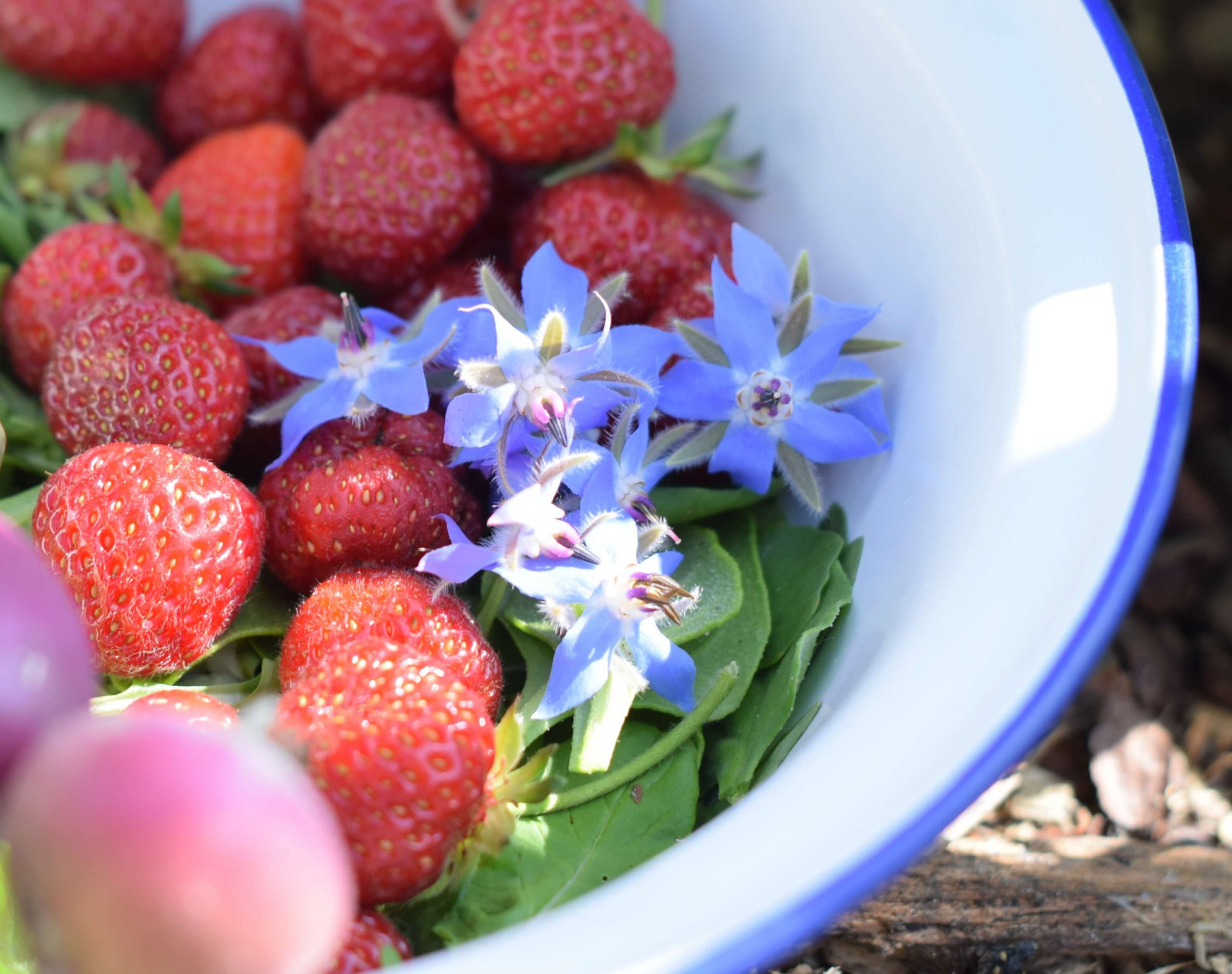
Row covers and organic matter
Row covers and organic matter are helpful in a vegetable garden.
If you lack indoor space, row covers or a little greenhouse can give you a step ahead. You can start sowing earlier and that gives your crops a jump start!
Row covers can protect your plants from pests, frost, and other environmental threats as well.
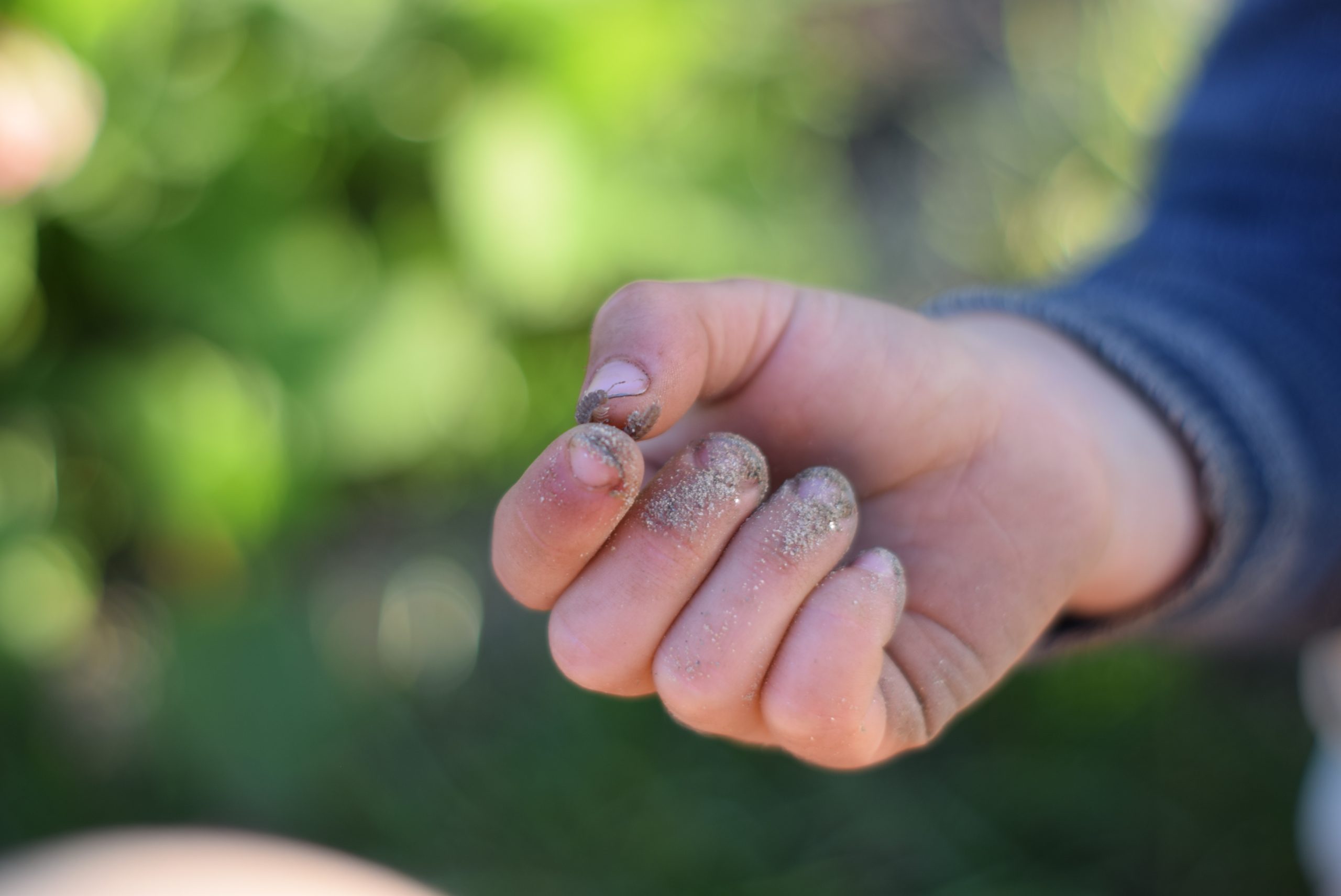
Use organic matter to improve soil health: Organic matter, such as compost can help to improve the health of your soil, providing essential nutrients and improving soil structure.
In the end, nutrient-rich soil will aid in growing nutritious fruits and veggies, but the opposite is also true…
Also, organic matter like wood chips can prevent your soil from drying out in the summer’s heat and it will slow down the growth of weeds.
Consider using organic pest control methods: When planning your garden, consider using organic pest control methods, such as companion planting and using natural predators, to help keep pests under control.
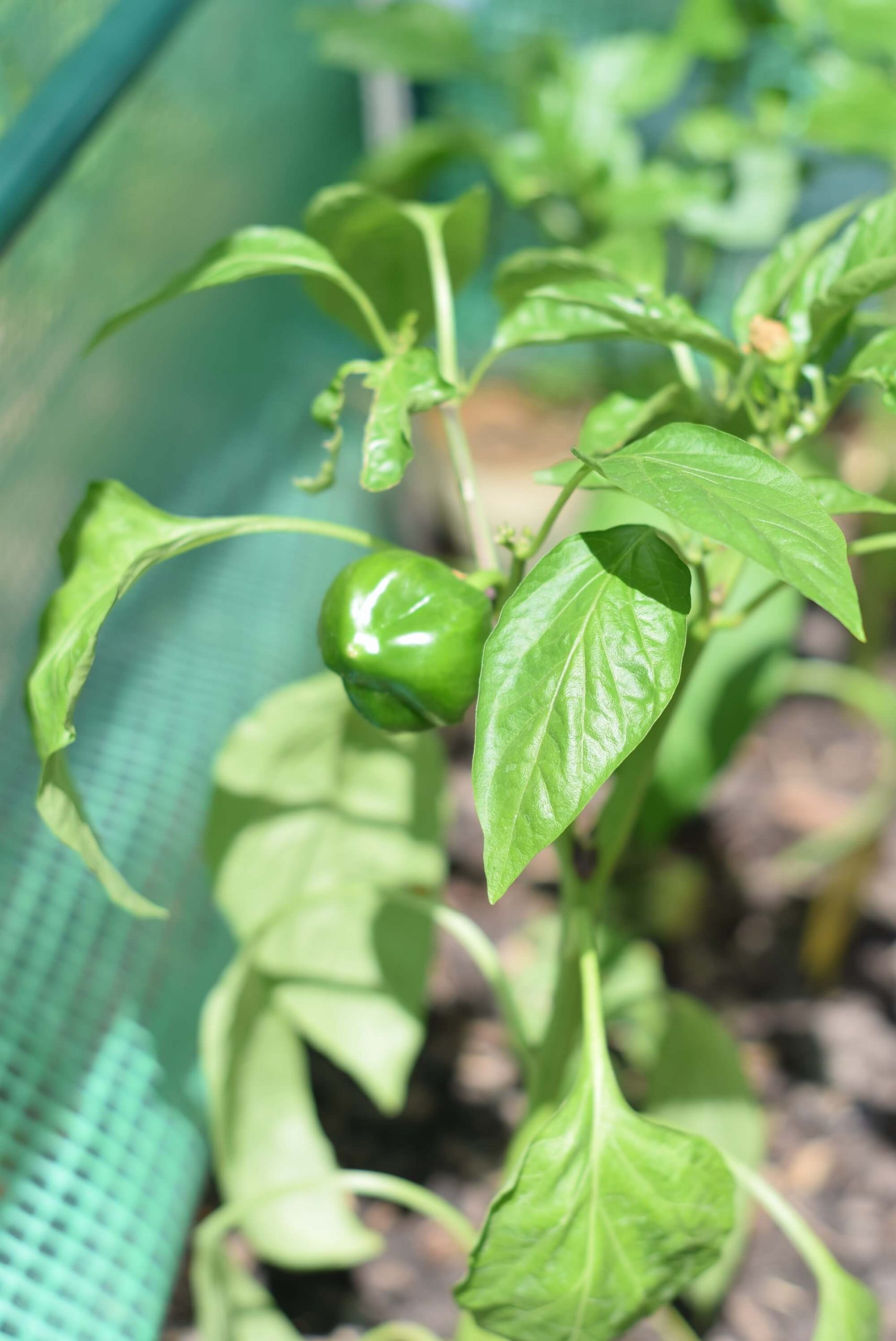
You might like…
Garden planning at a glance
There are many factors to consider when planning your garden, including the last frost date, the best time to start planning, the type of garden beds you’ll use, and the types of seeds you’ll plant. Here’s a sum up and a closer look at some of these key considerations.
The last frost date is the date when you can expect there will be no more freezing days or nights. Some plants can be started indoors before the frost date. Be sure to check when you can sow directly outdoors.
The best time to start planning your garden is typically in the late winter or early spring before the growing season begins. This gives you enough time to research different garden beds and seeds and make any necessary preparations before the growing season begins.
Seed catalogs can be an excellent resource for garden planning, as they often include detailed information about different types of seeds, including the best growing conditions, planting tips, and estimated harvest times.
Row covers are another important consideration in garden planning, as they can help to protect your plants from unwanted insects and harsh weather conditions & they can add nutrients to the soil.
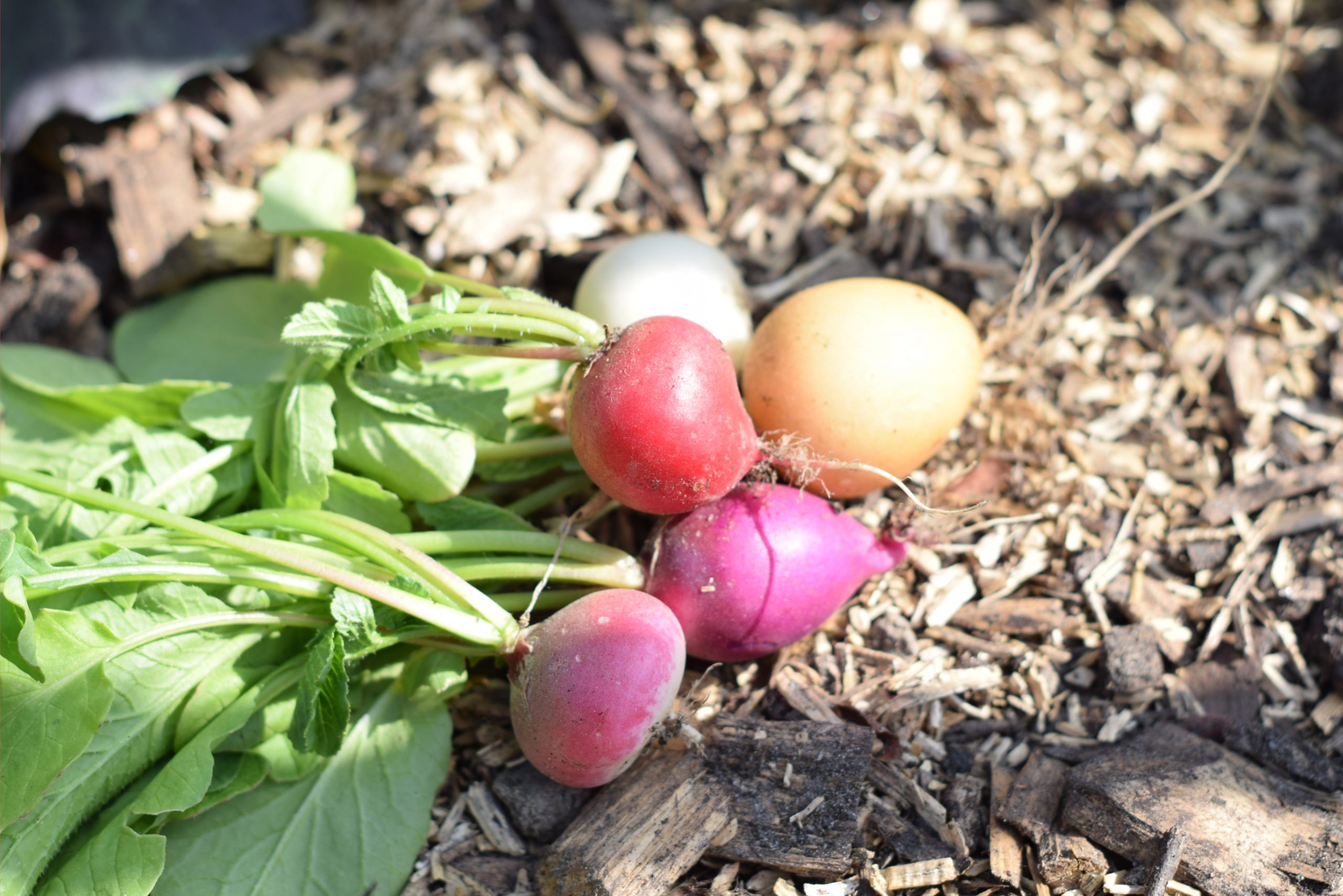
Organic matter, such as compost, can be a valuable addition to your garden beds, providing essential nutrients and improving soil structure. Consider incorporating organic matter into your garden beds when planning your garden.
Crop rotation is another important consideration in garden planning, as it helps to maintain soil health and reduce the risk of disease and pest problems. Consider rotating your crops each year to help ensure the success and health of your garden.
These tips will hopefully be helpful in starting your garden this year. Be sure to check out the post on open-pollinated seeds & don’t forget to download your free garden planner!
Never stop learning…

Subscribe to the newsletter and receive more inspiration on gardening + simple living.
You can unsubscribe any time
